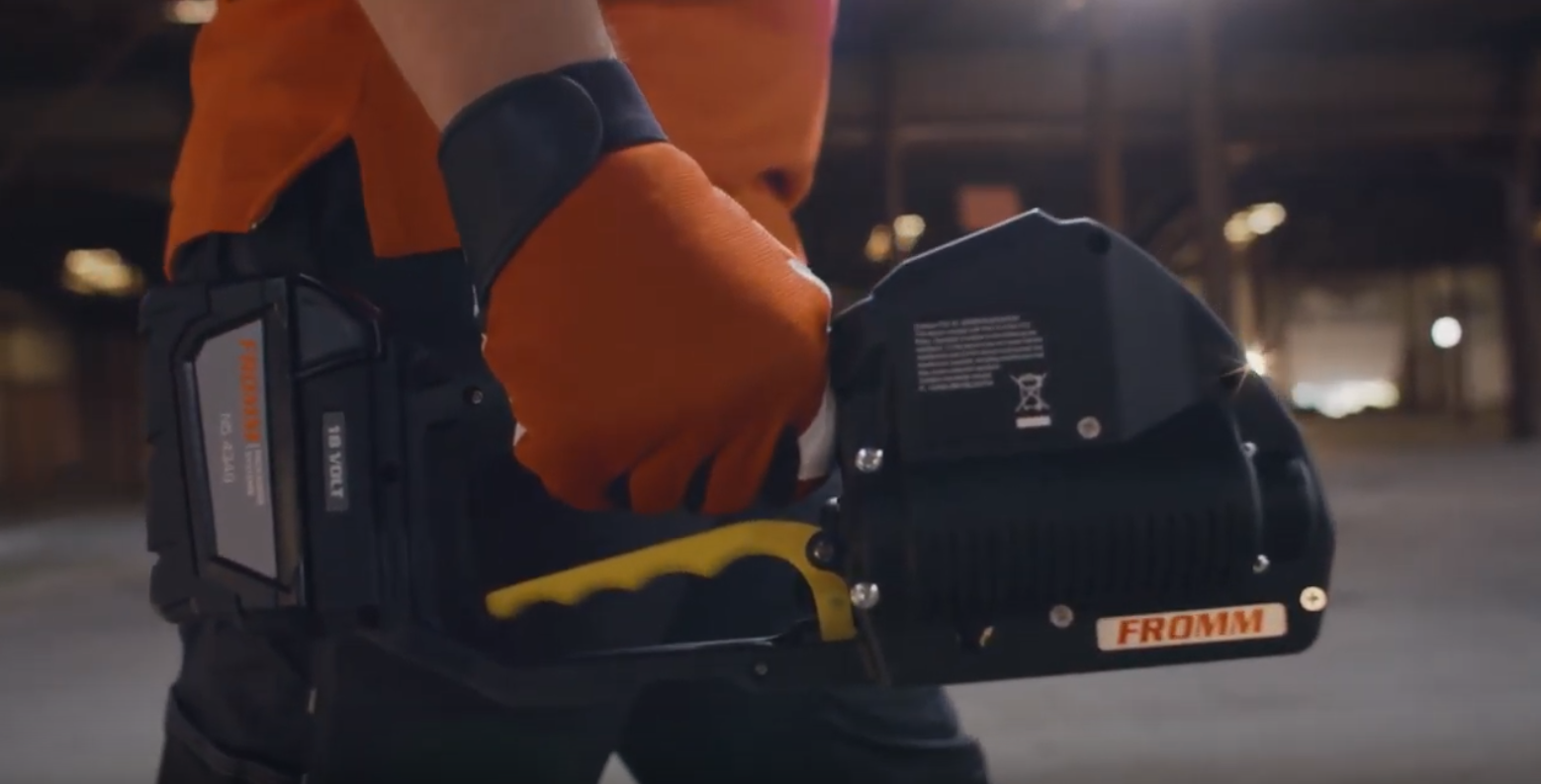When it comes to strapping tools, you know what people say, “If it ain’t broke, don’t fix it.” While you will replace your tools eventually, you and your team may not feel the need to switch from a particular model, brand or type.
This might lead to a situation where your team uses several different strapping tools, when you could streamline their work by adopting just one. While in the past you might have used tensioners, sealers and clips, today’s technology has created combination strapping tools for both steel and plastic strap.
A combination tool tensions, seals and cuts all in one step without the use of clips or buckles. Here’s why you need to consider a combination type strapping tool for either steel straps or plastic straps.
A Versatile Tool Saves Time
How many times have you had to break your rhythm to go find a tensioning or sealing tool, or for that matter just finding seals, clips or buckles? You switch from one process to another, and that means all work grinds to a halt while you go dig up what you need.
Then you spend time setting up the tool, adjusting tension and speed manually. Finally, you resume working. Each time you apply a strap you need to bounce between a tensioning tool and then a sealing tool, switching for each step of the process, when one tool could have done the job.
Sound familiar? The start-stop involved in switching tools eats up a lot of your team’s time and it means they get less done. With a versatile combination tool that can tackle any strapping application, you don’t need to worry about this situation. Your team always has the tool they require in hand.
The end result is that your team can get more strapping done.
It Cuts Costs
One of the major concerns plant managers have when it comes to adopting new strapping tools is cost. That’s especially the case when it comes to switching from lower-cost tools to combination tools.
While the combination tool may have a higher price tag, it’s likely saving you money in the long run. If you need several tools to strap a product, how many tools are you buying and what other items like seals do you require? That can add up quickly.
Next, think about maintenance costs. If you require two or three different tools, then you’ll also have to spend more on maintaining them. That could also mean more downtime.
Quality deficiencies are added costs. The manual process of both tensioning and sealing often leads to defective packaging. Sealing deficiency is the number one reason straps fail and combination tools are your best defence against these potential problems.
A combination tool is just one device, which can streamline both maintenance schedules and costs.
It Boosts Productivity (and Revenue)
Since the combination tool means your team spends less time searching for the right tool and setting it up, it means they can spend more time strapping. They can also move through jobs faster.
In short, your team gets much more done in the same amount of time. That boost in productivity could mean they finally have time to attend other tasks on the to-do list. It might just mean they get more completed in a day, so more orders ship on time.
Higher productivity usually translates to higher revenue. If you can ship orders faster, your clients are likely to be more satisfied with your service. They may turn to you more often.
It Boosts Team Morale
You may not think changing the tools you use will impact your employees’ attitude all that much, but you might be surprised at what the correct tool can do. This tool makes life a little easier for your employees, allowing them to get more done.
Being able to complete their jobs to standard and in a timely matter could contribute to a sense of accomplishment for your employees. With a new tool in hand, they’ll be ready and willing to tackle any strapping application.
Discover what a new tool could do for your team and your plant operations today.

